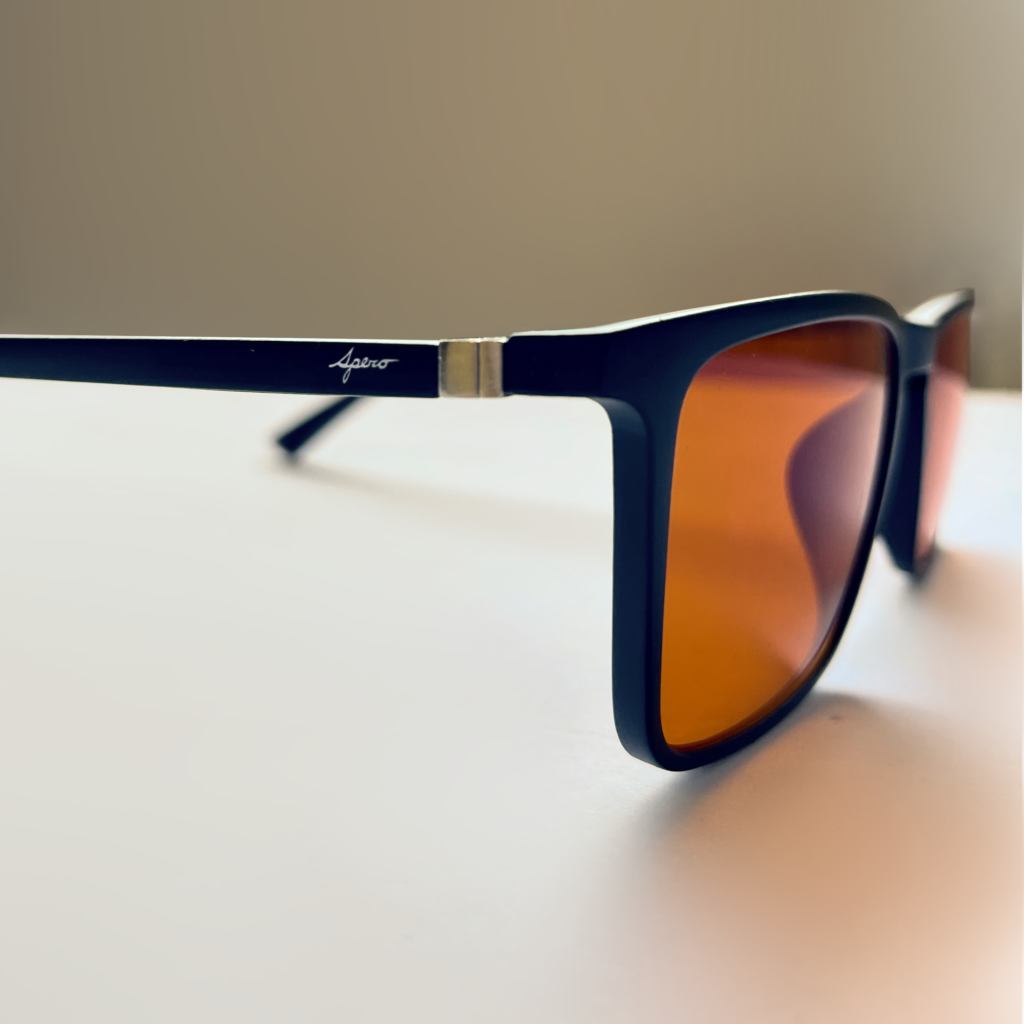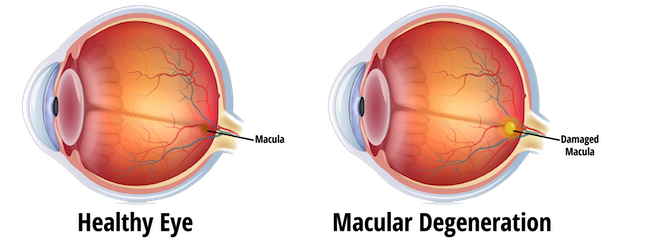
How Blue Light Affects Sleep and Health: Tips for Reducing Exposure from Screens and LED Lights
Share
People are spending increasing amounts of time on screens. Globally, people spend on average 6 hours and 40 minutes on screens, with many spending much longer.
Phones, tablets, laptops and emit blue light. With the increased time spent on screens, comes an increased risks from blue light. Research shows that prolonged exposure can cause problems with our health and sleep.
Understanding how blue light affects our body and learning ways to manage it can make a big difference in our overall wellbeing.
What is Blue Light?
Phone, laptop and tablet screens emit blue light which comes in wavelengths, with blue wavelengths a particular part of the visible light spectrum that vibrates within the 380 to 500 nm range, meaning they have short wavelengths and high energy.
Digital devices emit blue light because they use light-emitting diode (LED) technology, with a combination of a blue LED with a yellow phosphor to create white light.

Unlike other forms of light, the eyes cannot effectively filter blue light, so more can pass through the eye to the retina.
Before electricity, our primary light source was the sun, followed by fire or candlelight in the evening. We were naturally exposed to bright light during the day and warmer, softer light at night.
However, with electricity, light bulbs and now electronic devices emitting bright blue light, we now face constant exposure, day and night, which can lead to various health issues.
Unlike traditional incandescent bulbs, LED lights are high in blue wavelengths, which can suppress melatonin production. Melatonin is the hormone that regulates sleep, so exposure to blue light in the evening can interfere with falling asleep and getting quality rest.

How Blue Light Affects Health
While blue light has benefits when encountered in natural doses, such as boosting alertness and enhancing mood, overexposure - especially from screens - can negatively impact health in several ways.
1. Disrupts Sleep Patterns
Blue light regulates your circadian rhythm by signalling to your body that it’s daytime, keeping you awake and alert. This effect is beneficial during daylight hours, but when exposed to blue light at night, it can interfere with melatonin production, the hormone responsible for sleep.
Without melatonin, falling asleep becomes difficult, leading to poor sleep quality, low energy during the day, and potential long-term health issues due to a disrupted circadian rhythm. This study show the link between blue light and melatonin suppression and the impact on human sleep.
2. May Increase Risk of Certain Health Issues
A Harvard study explored the link between blue light exposure and metabolic disorders like diabetes and obesity.
In the study, participants experienced disrupted circadian rhythms, which led to increased blood sugar levels and decreased leptin, a hormone that helps regulate hunger.
3. Eye Strain and Long-Term Vision Damage
We know the dangers of looking directly at the sun, but prolonged exposure to blue light from screens can also affect eye health. Though the amount of blue light emitted by devices is less than that from the sun, frequent and close-range exposure can take a toll over time.
Blue light passes more easily through the eye to the retina constant exposure to bright screens can lead to digital eye strain, early eye wrinkles, and fatigue. More concerning, blue light has been linked to damage in the photoreceptors of our eyes, which may result in macular degeneration and dry eye over time.

Protect Yourself with Blue Light-Blocking Glasses
Reducing your blue light exposure is essential for protecting your eyes and overall well-being. In addition to cutting down on screen time, wearing blue light-blocking glasses is an easy and effective way to minimise your exposure.
Smart phones have a night mode option which reduces blue light by reducing white colors and contrast but it does not block blue light. There will still be blue light emitted and the potential for eye strain and sleep disturbance.
Blue light-blocking glasses can make a significant difference. Research shows that people who wore blue light-blocking lenses under bright indoor light had melatonin levels similar to those exposed to dim light without glasses.
This means blue light-blocking lenses can help regulate your sleep cycle even when you're exposed to artificial light late at night.

Spero’s blue light-blocking glasses block harmful blue light wavelengths, helping you reduce eye strain, improve sleep, and protect against the long-term effects of blue light exposure.
Our glasses come with a yellow lenses blocking 85% of blue light or with orange lenses blocking 100% of blue light. Many people like to wear yellow lenses in the day and switch to orange lenses in the evening.

With blue light also being emitted from modern LED bulbs, switching these off in the evening, replacing them with warmer, incandescent bulbs or wearing blue light blocking glasses is optimal and preferable for a good night’s sleep.
In Summary
With the number of hours we spend on devices increasing and the constant exposure to blue light, it's important to understand the risks and be aware of what can be done to reduce them.
By reducing screen time before bed, switching to warmer lights in the evening, and using blue light-blocking glasses, you can help protect your sleep, eye health, and overall well-being.
